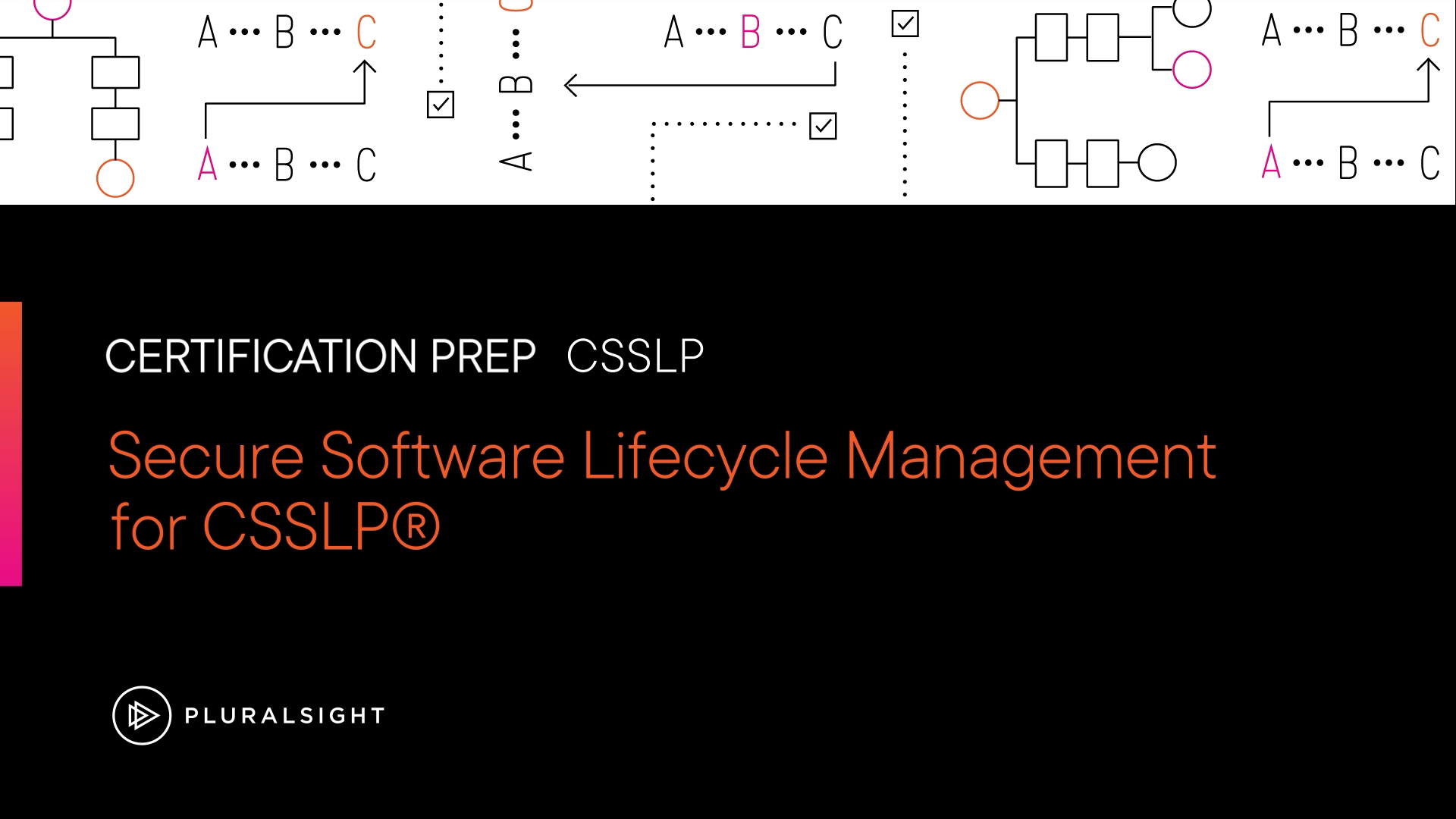- Course
Secure Software Lifecycle Management for CSSLP®
Software must be designed, built, and operated to be secure throughout its lifecycle. This course will teach you the management of the software development lifecycle needed for the Certified Secure Software Lifecycle examination.

- Course
Secure Software Lifecycle Management for CSSLP®
Software must be designed, built, and operated to be secure throughout its lifecycle. This course will teach you the management of the software development lifecycle needed for the Certified Secure Software Lifecycle examination.
Get started today
Access this course and other top-rated tech content with one of our business plans.
Try this course for free
Access this course and other top-rated tech content with one of our individual plans.
This course is included in the libraries shown below:
- Security
What you'll learn
Secure software requires attention to risk and asset protection throughout the entire software development lifecycle. In this course, Secure Software Lifecycle Management for CSSLP®, you’ll learn to address security requirements in every phase of the software lifecycle. First, you’ll explore software development methodologies. Next, you’ll discover risk management into the software lifecycle. Finally, you’ll learn how to decommission software in a secure manner. When you’re finished with this course, you’ll have the skills and knowledge of Secure software lifecycle management needed for the Certified Secure Software Lifecycle Professional examination.
